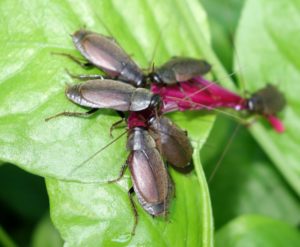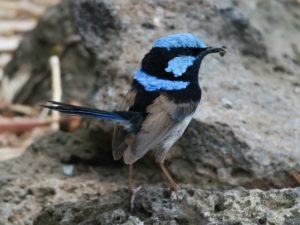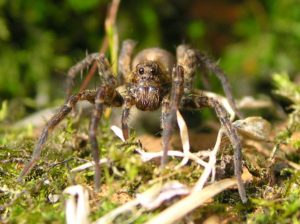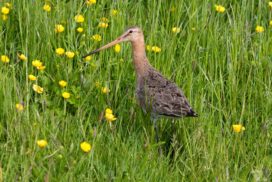HOW FAST ARE SWIFTS?
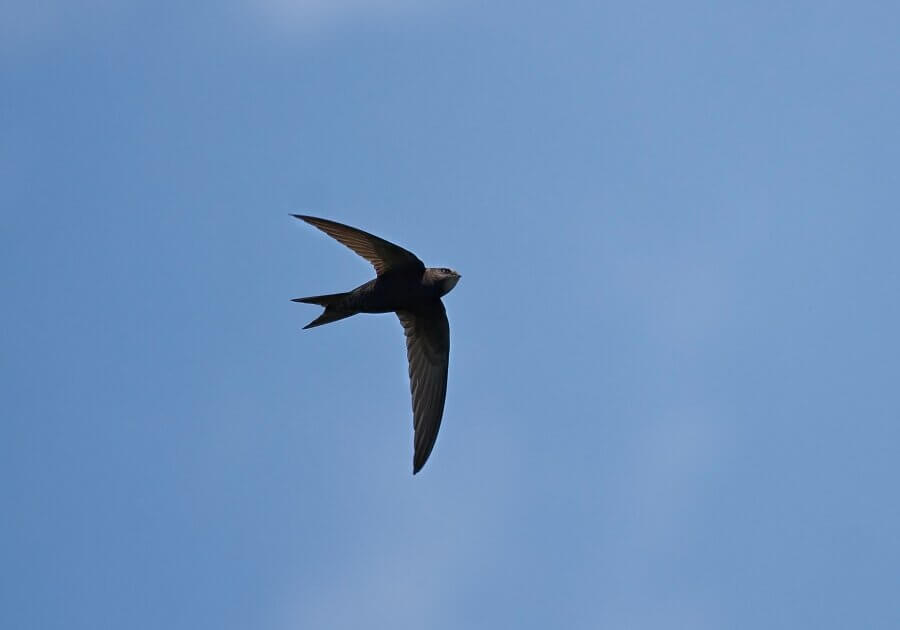
Common Swift (Apus apus)
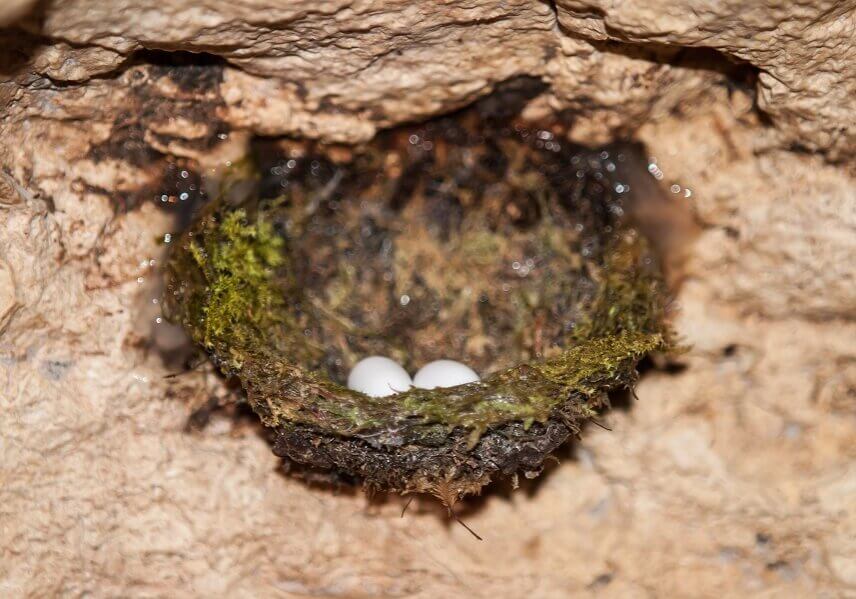
Swift nest in cave
Swifts are one of the fastest birds in the world. Weighing only 30 -60 grams and equipped with sickle-shaped wings, they reach speeds of over 160 kilometers (100 miles) per hour. They seem to fly effortlessly and carry out almost all their activities on the wing—drinking, catching insects, eating, collecting nesting materials and even mating—as they speed and soar through the air. Their wings curve backward, eliminating most of the drag that slows down other birds.
In flight, they can beat one wing faster than the other, which allows them to make sharp turns without reducing speed. At these speeds, they can overtake flying insects and scoop them in their gaping mouths.
Recent posts
Join us on social media or subscribe!
Sign up to receive our articles in your inbox!
Enter your name and email address below to subscribe.
